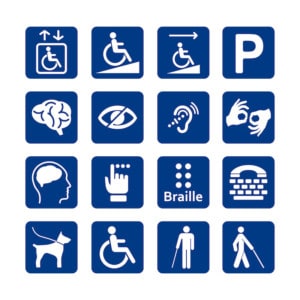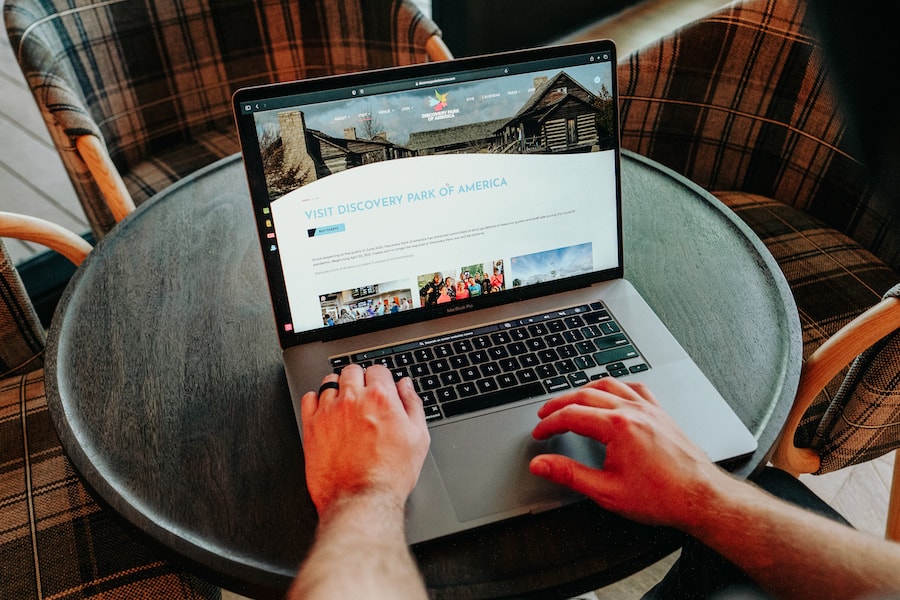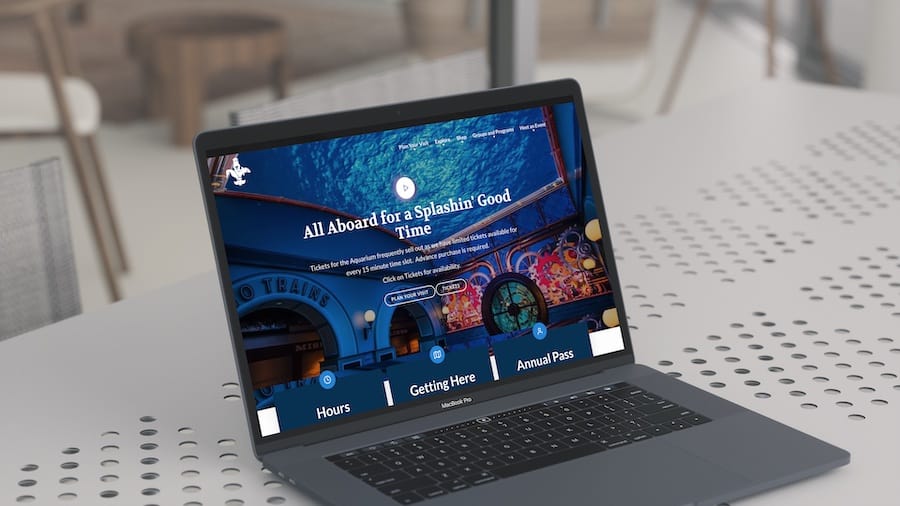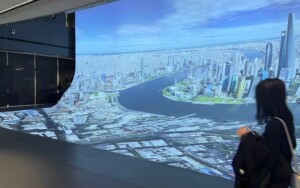By Matt Roberts, Speak Creative
This month we are celebrating the 31st anniversary of the Americans with Disabilities Act of 1990. The ADA is a civil rights law that prohibits discrimination based on disability.
In the UK, something similar was enacted in 1995 called the Disability Discrimination Act (DDA). Regardless of where your attraction is, legislation across the globe is working to ensure those that are differently abled have the same rights and opportunities.
ADA specifically breaks down five areas of public life. This includes public accommodations, employment, transportation, state and local government services, and telecommunications.
It’s the public accommodations piece that most attractions are familiar with. Legally, you must reach a minimum standard of accessibility. Either through alterations to your current facilities or when doing new construction. The law directs that “reasonable modifications” would be made to serve all visitors.
Web accessibility
On the digital front, organizations are proactively considering how ADA applies to their website. For many attractions, the in-person experience of those that are differently abled is regularly considered. However, visits to your attraction’s website are left unconsidered on a recurring basis, if at all.
Beyond the legal requirements for accessibility, organizations should be considering the topic anyway. Accessibility means more people can join in your mission of education, conservation, or just plain fun.
Web accessibility simply means that as many people as possible have the same ease and access to information on your website.
For several organizations, this can feel overwhelming and jargon-heavy. But by gaining a better understanding of what accessibility standards are, how to test for accessibility, and how to begin, your organization can work towards creating an inclusive experience online.
As a leading web design agency for attractions, we’re celebrating the anniversary of the ADA by outlining what web accessibility is and also how you can create accessibility from the very beginning of your audience’s experience with your brand: online.
What are accessibility standards?
According to the W3C, the World Wide Web Consortium, accessibility standards make sites perceivable, operable, understandable, or robust. Here’s a breakdown of what that looks like:
- Perceivable – making a website easy to see or hear content
- Operable – making a website easy to use on the computer by typing or voice
- Understandable – making a website easy to understand through clear and simple language
- Robust – making a website easy to use with different assistive technologies
Many of these standards are also just good design and marketing practices. Aiming to be clear over cute and factual over fancy will inevitably lead to greater ROI. Additionally, a focus on these standards often leads to better SEO. And a better experience for all users, regardless of ability.
Many building blocks can help your website meet these standards. For example, selecting colours with high contrast will make them cognitively understandable and therefore more perceivable.
Placing alt text on an image allows screen readers to describe it, making your website more robust. Even the markup code of your website itself can help assistive technologies understand the order and hierarchy of content.
Conformance levels for web accessibility
You can test all of these factors through browser tools, device tools, and other online auditing programs. It is also these factors and many more that determine a website’s conformance level.
An accessible website utilizes high contrast colours to help all users perceive various elements of the website.
A website’s conformance level can be Level A, Level AA, or Level AAA. Simply put, A is the bare minimum of accessibility and AA is an acceptable or standard level of accessibility. AAA is the highest level of web accessibility.
At Speak, we build toward AA technical standards or above. The W3C notes that some content can’t meet a AAA standard. This is why many government websites lack a certain level of design finesse that most businesses need to remain competitive in their marketplace.
For many websites, the best strategy to balance design goals and accessibility needs is to strive to meet AAA requirements wherever possible within the scope of the design vision and otherwise ensure all aspects of the design and functionality meet no less than AA requirements.
As with most marketing tools, including your website, it always comes back to knowing your audience. Considering the make-up of your target audience will help inform the level of accessibility required to meet the highest level of needs.
Where do I start?
You can’t expect your attraction to have perfect accessibility from the beginning. But that is both the benefit and challenge of accessibility: you can always make your website more accessible.
The best partners will leverage expertise in both to integrate the highest design standards with the greatest levels of accessibility accommodation
When looking to increase your accessibility efforts, know that you can achieve some level of accessibility on your own. There are several website plugins, free testing tools, and expansive resources online that help make this possible.
However, for many, it’s both easier and more efficient to have a digital partner help them achieve their desired accessibility. It’s worth noting that not all web design providers are also accessibility experts. The best partners will leverage expertise in both to integrate the highest design standards with the greatest levels of accessibility accommodation.
Choosing the right expert
It can be a challenge to achieve a website that is both visually appealing and accessible. But it is possible if you involve the right combination of experts. That’s why it’s important to evaluate your digital partner through both lenses.
At Speak, we have both design and accessibility experts on our team. This helps to ensure a website is visually and experientially outstanding. Your digital experience partners need to help you compete in a business sense while also placing accessibility at the forefront.
Don’t forget, as you make changes to your website or add anything, from new landing pages to new images, these additions must account for accessibility. It can be daunting to keep up with the changes to both your website and accessibility requirements. This is why having an ongoing relationship with your digital partners is extremely beneficial.
They should be able to quickly identify what changes need to be made. This is because they not only know your website, but they also keep up with the changes in web accessibility requirements.
We hope that this understanding of accessibility has encouraged you to take steps towards a more accessible online presence for your organization. Together we can make the web more inclusive for those of all abilities.










